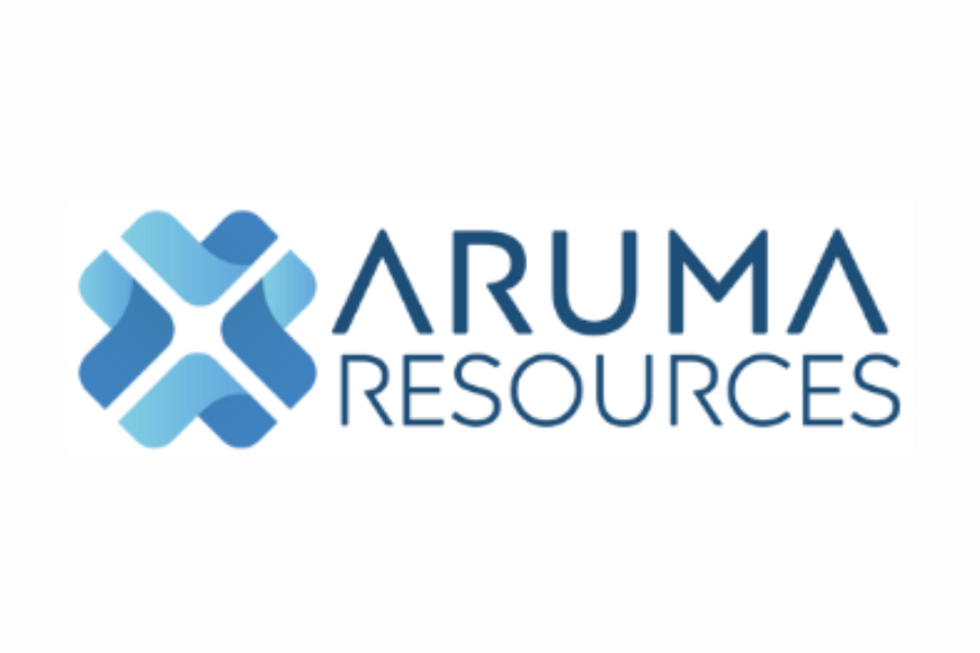Multiple High-Grade Copper Results and Antimony at Fiery Creek Project

Worldwide, the industry is valued at US$8.87 billion and is expected to grow to US$11.86 billion by 2032.
What is a critical mineral?
Jurisdictions publish lists of critical minerals as a way of identifying what minerals are important to the nation for a variety of reasons, including its economy and the move to a greener energy economy. Such lists often open up access to grants and other programs that support mining companies and processors, as well as other projects along the supply chain.
Copper is often listed as a critical mineral because it’s a key material for a green energy transition, and for economies in general, plus its supply chains can be vulnerable.
Geoff Laing, managing director of Anax Metals (ASX:ANX), calls copper “absolutely critical” to green energy projects. “There is a common view that deficits in years to come will significantly impact efforts to decarbonise the planet,” he says.
Canada prioritizes copper as part of its Canadian Critical Minerals Strategy, along with five other minerals, calling them necessary “inputs for priority supply chains.” The country has a number of funding mechanisms for projects across the supply chain for these minerals.
The US Department of Energy’s Critical Materials List includes copper as a critical material for energy, and such an inclusion helps copper-related projects access a range of funding.
The European Union has a list of 34 critical raw materials, of which 17 are delineated strategic — and copper is on this list. This sub-list inclusion gives it additional perks under the EU Critical Raw Materials Act. The EU wants 10 percent of its annual requirements for these materials to be mined locally by 2030.
Strategic only
In 2023, Australia removed copper from its critical minerals list, relegating it to a strategic mineral instead. (In contrast to the EU, where being a strategic mineral is more highly prioritized, the strategic minerals list ranks them as less vital or at risk.) The country has reasoned that copper’s supply chain is not vulnerable enough for inclusion on the main list, and therefore has offered it fewer protections and incentives.
The creation of a strategic minerals list is new for Australia; the list also includes nickel, aluminium, phosphorous, tin and zinc. In a statement, the minister for resources said these minerals are vital for energy transition, but require less vigorous protection due to their “well-established industries, greater global market depth, clearer price transparency, and stable supply chains.”
“There are concerns that this approach does not support copper’s position as a key element underpinning global carbon reduction initiatives and, equally importantly, urbanization of the developing world,” says Laing.
Leaving copper off the main list could compromise Australia’s ability to realize the potential of its copper reserves. “Copper production will likely fall behind consumption requirements and Australia will forego…
Read More: Multiple High-Grade Copper Results and Antimony at Fiery Creek Project
